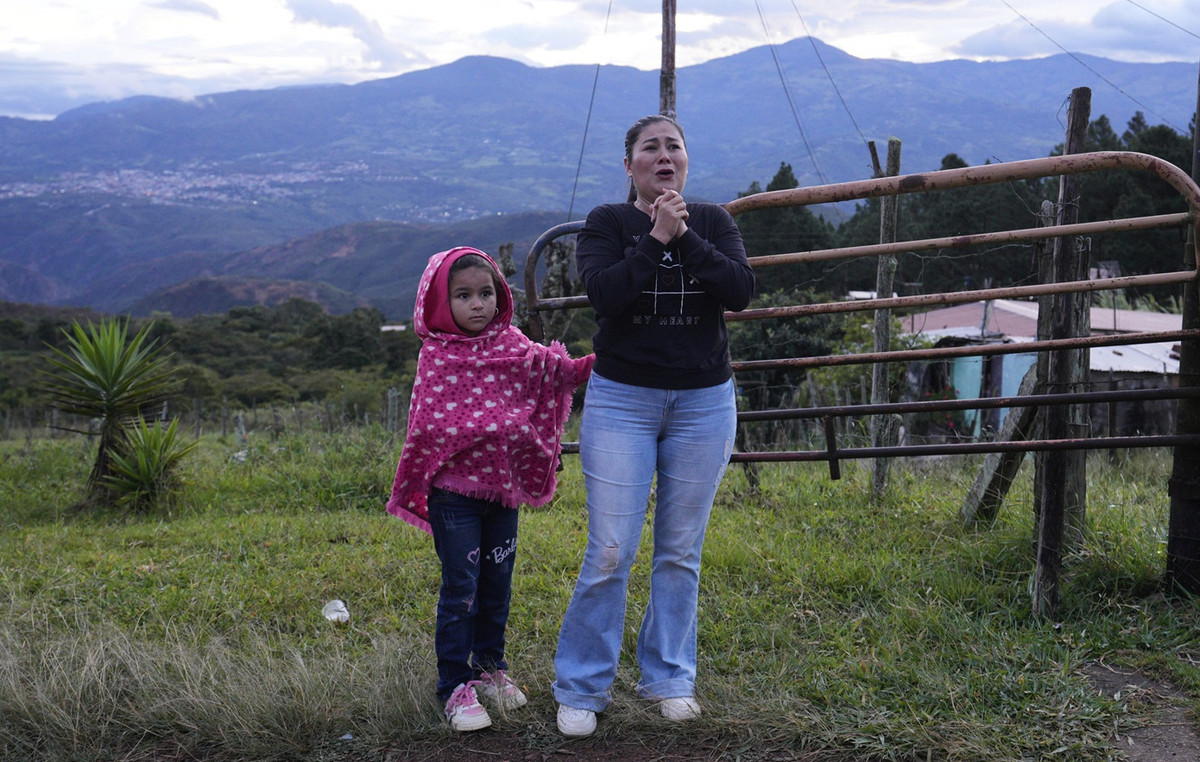Dry weather in recent weeks and few hopes of significant rain for the rest of the month in Argentina’s soybean belt are raising fears of a “productive disaster” similar to that of 2018, the Rosario grain exchange (BCR) said on Thursday. thursday (10).
Argentina, the world’s largest exporter of soybean oil and meal, has already seen its 2021/22 campaign marked by drought and heat waves from December until mid-January, when the rains finally arrived.
However, the rains dissipated again this month.
“There is new bad news for Argentina regarding the climate. ‘La Niña’ has gained ground and its impact will not be diminished, as we imagined just a few days ago,” the exchange said in a monthly report.
“The specter of the 2018 production disaster is around 2021/22 soybeans,” he added, referring to the drought that took the crop below 38 million tonnes that year.
The current forecast, already cut sharply in January, is 40.5 million tonnes.
Farmers and weather forecasters had expected heavier rains in the second half of February, although concerns are growing that they will not come, with large swaths of the normally lush grasslands of the Argentine Pampas already dry.
In the provinces of Santa Fe, Córdoba and Entre Rios “the situation is still very delicate, with soil conditions ranging from scarce (moisture) to drought,” the exchange said, adding that the northern province of Buenos Aires received adequate rainfall.
sign for corn
The exchange said it was difficult to predict conditions in the third and fourth weeks of February.
“But what can be seen today is definitely not encouraging,” he added.
The dry period occurs amid a “La Niña” weather pattern, which lowers rainfall levels in Argentina’s central plains.
Last month, experts predicted this would go away, but the grain exchange said the situation appeared to still be active and would remain so.
In its monthly report, the BCR kept its estimate for the 2021/22 corn harvest at 48 million tonnes, but warned that low yields from some exceptionally early crops due to dry weather “do not bode well”.
Last month, the exchange lowered its corn production estimate by 8 million tonnes due to the December-January drought.
Argentina is the second largest corn exporter in the world.
“We need to wait for the corn harvest to progress further to get a clear picture of the results,” the exchange said.
Source: CNN Brasil
I am Sophia william, author of World Stock Market. I have a degree in journalism from the University of Missouri and I have worked as a reporter for several news websites. I have a passion for writing and informing people about the latest news and events happening in the world. I strive to be accurate and unbiased in my reporting, and I hope to provide readers with valuable information that they can use to make informed decisions.







